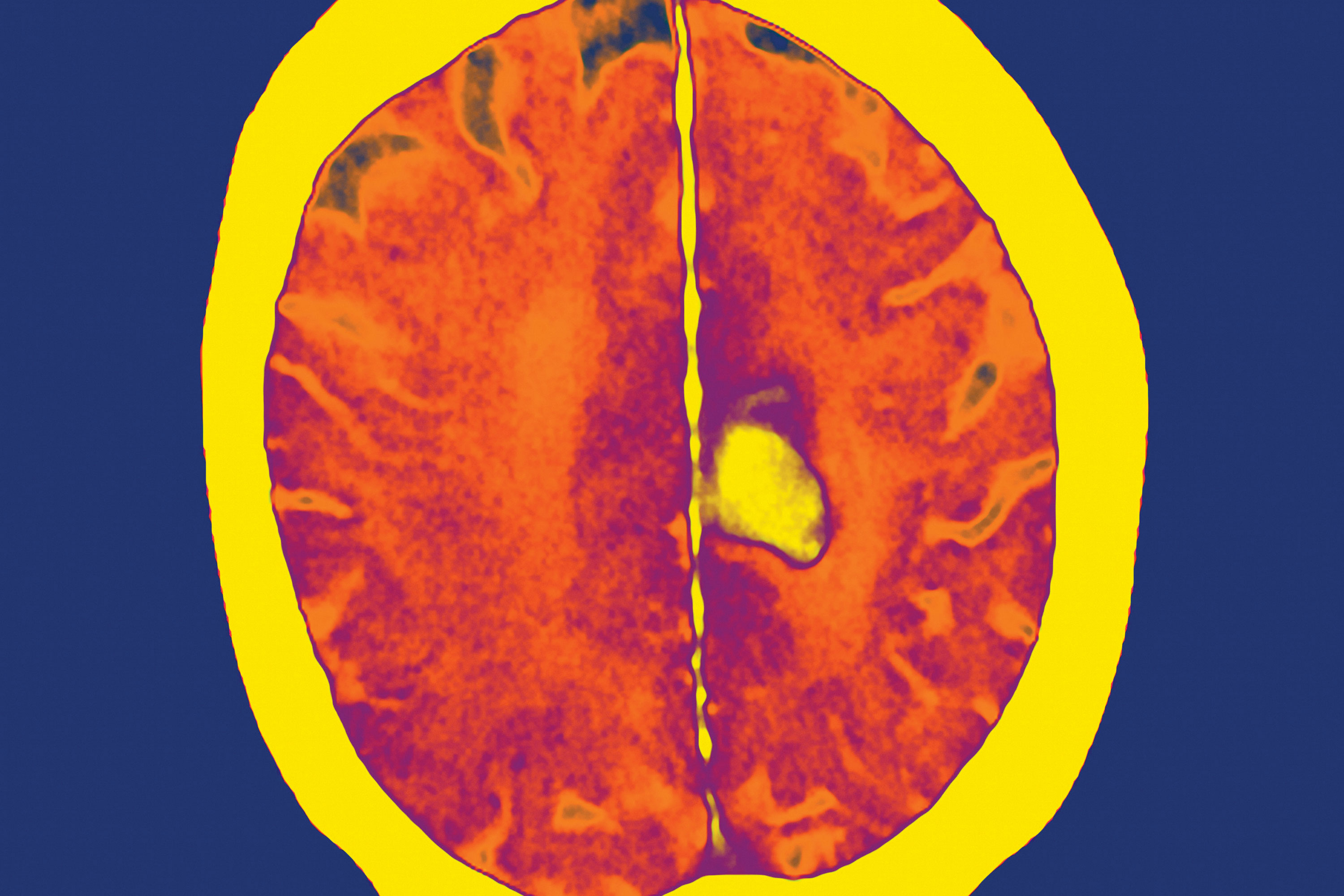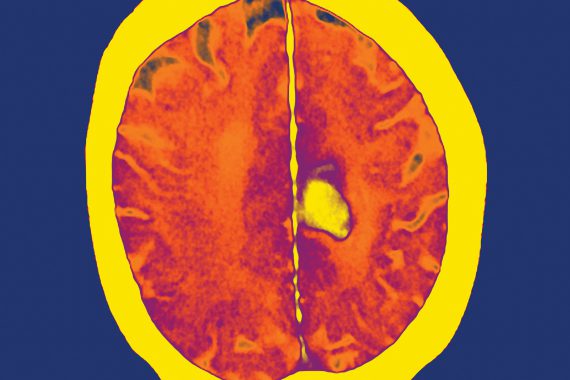
It has been estimated that a quarter of people over 75 years old are prescribed more than 10 repeat medicines daily.1 This leaves us with a challenge – to identify and carefully manage the appropriate medicines and spot the more problematic ones. Around 6.5% of hospital admissions have been linked to adverse effects of medicines.2 This article considers some of the medicines-related problems that can occur and how to prevent them.
1 Acute kidney injury (AKI)
People taking NSAIDs, ACE inhibitors, ARBs and diuretics are at particular risk of AKI if they become dehydrated, for example with diarrhoea, vomiting or sepsis.3 This is a common scenario that can lead to hospital admission.3 Older people with comorbidities are at risk and should be advised of the importance of staying hydrated. It may be necessary to temporarily reduce the dose or even stop ACE inhibitors and ARBs in people with diarrhoea, vomiting or sepsis until their clinical condition has improved and stabilised.4
2 Combinations of medicines that increase the risk of bleeding
Bleeding has been shown to be the most common adverse drug reaction leading to hospital admission. Medicines increasing the risk of bleeding include anticoagulants, antiplatelet agents (including aspirin), SSRIs, NSAIDs and oral steroids. Combining these medicines increases the risk of bleeding.
Is there a clearly linked indication for each drug? Some of the medicines may no longer be needed or the evidence may have changed since initiation. For example, aspirin is no longer recommended as primary prophylaxis in people with hypertension. Similarly, has the antidepressant been reviewed recently? Do the benefits outweigh the risks? Is gastroprotection needed?
3 Overlooking dual indications
Check for dual indications before stopping medicines. For example, a person may be advised to stop taking warfarin following treatment for a DVT. Check whether there are other indications for continued anticoagulation, such as atrial fibrillation.
4 Prescribing an unfamiliar drug
You are asked to issue a repeat prescription for amiodarone 200mg twice daily. What do you do? If you are unfamiliar with a medicine or dosing regime, check it but ensure the prescription is within your competence as a GP.
The maintenance dose of amiodarone is normally 200mg once daily and in elderly patients 100mg daily may be sufficient.
Amiodarone can cause serious adverse reactions affecting the eyes, heart, lungs, liver, thyroid gland, skin and peripheral nervous system and these are usually dose related.5
Some localities recommend that induction doses should only be prescribed by the hospital team.6
• If you sign the prescription you are taking on the responsibility.7
• If you don’t know what the drug is, don’t sign the prescription or add to repeats. You may need to seek urgent advice to avoid a potentially dangerous interruption of medicine supply.
• Make sure you know the local process for flagging interface prescribing issues, for example, to the Medicines and Therapeutics Committee.
5 Digoxin toxicity
An older person may attend feeling generally unwell with weight loss and nausea. If they are taking digoxin, consider digoxin toxicity. Digoxin has a narrow therapeutic index and weight loss or declining renal function can increase the risk of toxicity. Symptoms include nausea, vomiting, confusion, bradycardia and visual disturbance.
It has been suggested that digoxin doses of 187.5µg or greater or a dose of more than 125μg/day with impaired renal function may be poorly tolerated in older people.1,8
Blood should be taken six hours or more after the last dose of digoxin, if you’re measuring a digoxin level. Patients should be regularly reviewed to exclude clinical signs or symptoms of adverse effects.
6 Opioid overdose
There is a wide variety of opioid analgesics, in the form of patches, sustained release and immediate release medicines. When patch doses are converted to morphine equivalent doses, they vary in strength between 12 to 240mg morphine daily. Do you know the morphine equivalent doses of the prescriptions that you are signing or authorising? Is the dose appropriate? Is the frequency of patch change correct?
7 Inadequate INR control
The risks of bleeding, thrombosis or thromboembolism for people taking warfarin increase significantly when the INR is outside the target range. Dosing software systems in primary and secondary care can calculate the level of control for each patient.
NICE recommends that a person with a time in therapeutic range (TTR) less than 65% should have a reassessment of their anticoagulation.9
The degree of INR control is important when considering the effectiveness of the different anticoagulants. Poor adherence to any oral anticoagulant regimen is likely to be associated with increased risk of thrombosis or bleeding.10
• Do you have a recent record of TTR for people taking warfarin?
• Do you discuss with the person possible reasons for low TTR, such as:
–Cognitive function
–Adherence – understand and address any reasons for non-adherence
–New diagnoses, such as cancer
–Interacting drug therapy – over-the-counter therapies, frequent antibiotics
–Lifestyle factors including diet and alcohol consumption
–Liver or renal function.
It can be helpful to have a systematic approach to re-assessing the need for anticoagulation based on the specific risk and benefits in that individual, for example using the AWMSG risk/benefit assessment tool (two-page version).10
8 Unnecessary antibiotics
Do you have patients who are being given repeated courses of antibiotics? Are these appropriate? Infections with antibiotic-resistant bacteria increase levels of disease and death, as well as the length of time people stay in hospitals.11
NICE has issued quality statements that support antimicrobial stewardship:12
• Adults with a UTI that is not responding to initial antibiotic treatment should have a urine culture.
• Healthcare professionals should not use dipstick testing to diagnose UTIs in adults with urinary catheters.
• Healthcare professionals should not prescribe antibiotic prophylaxis to adults with long-term indwelling catheters to prevent UTI unless there is a history of recurrent or severe UTI.
Stopping medicines abruptly
9 Some medicines should not be stopped suddenly after long-term use
Well recognised examples include opioids, hypnotics and tranquilisers, antipsychotics, antidepressants, anticonvulsants, steroids and ß-blockers.13
Several commonly used antidepressants such as mirtazapine, paroxetine and venlafaxine have a higher risk of withdrawal effects if they are stopped suddenly. These are usually mild and self-limiting, but in some cases may be severe.
10 Inadequate review of repeats
Does the repeat prescribing system in your practice encourage a systematic approach to reviewing medicines?
Does the patient have opportunity to comment on their repeat list? Are you confident that the medicines are still needed and the necessary disease and drug monitoring has taken place? Are adverse effects being recognised? Consider using the NO TEARS tool for medication review.14
Dr Tessa Lewis is a GP in South Wales, and medical adviser to the All Wales Therapeutics and Toxicology Centre
References
1 All Wales Medicine Strategy Group. Prescribing guidance. Glamorgan: AWMSG; 2015
2 Pirmohamed M, James S, Meakins S et al. Adverse drug reactions as a cause of admission to hospital: prospective analysis of 18,820 patients. BMJ 2004;329:15-19
3 NICE. QS76: Acute kidney injury. London: NICE; 2014
4 NICE. CG169: Acute kidney injury. London: NICE; 2013
5 Electronic Medicines Compendium. Amiodarone 200mg tablets. Surrey: DataPharm; 2015
6 All Wales Medicine Strategy Group. Prescribing of amiodarone in Wales. Glamorgan: AWMSG; 2010
7 General Medical Council. Good practice in prescribing and managing medicines and devices. London: GMC; 2014
8 O’Mahony D, O’Sullivan D, Byrne S et al. STOPP/START criteria for potentially inappropriate prescribing in older people: version 2. Age Ageing, 2015;44:213-18
9 NICE. CG180: Atrial fibrillation. London: NICE; 2014
10 All Wales Medicine Strategy Group. Advice on the role of oral anticoagulants. Glamorgan: AWMSG; 2012
11 NHS Choices. The antibiotic awareness campaign. London: NHS; 2014
12 NICE. QS90: UTIs in adults. London: NICE; 2015
13 Welsh Medicines Resource Centre. Stopping medicines. Glamorgan: WeMeRec; 2010 wemerec.org/Documents /Bulletins/Stopping Medicines Bulletin Online.pdf
14 Lewis T. Using the NO TEARS tool for medication review. BMJ 2004;329:4
Pulse October survey
Take our July 2025 survey to potentially win £1.000 worth of tokens













